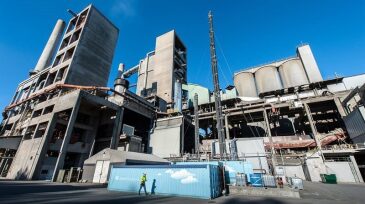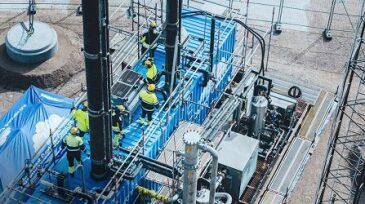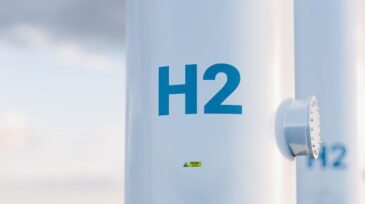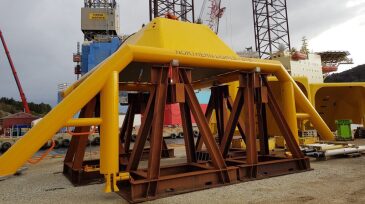carbon capture and storage
-
The cement industry is exploring carbon capture technology to reduce its carbon footprint.
-
A new idea from Equinor calls for autonomous submarines to transport CO2 from the surface to the seabed. The Norwegian operator says the shuttles could also carry oil and water for injection.
-
The oil and gas industry was created by fierce entrepreneurs, wildcatters, and visionaries. But, in the last 50 years, it has lost its way. The industry desperately needs a paradigm shift. Here are four pillars upon which we think the reinvention of the oil and gas industry should be based.
-
The company started operating its mobile test facility for carbon capture at Preem’s refinery in Lysekil, Sweden.
-
Senior oil and gas professionals see hydrogen as a significant part of the global energy mix by 2030.
-
An investment decision this year would sanction Norway’s first CO2 storage project. Phase 1 is expected to be operational in 2024.
-
Scientists have developed a new type of self-assembling silver membrane that could be used to capture carbon dioxide emissions before they have a chance to spread in the atmosphere.
-
There are numerous views of what the future energy landscape will look like in the next decade and beyond. When thinking about sources of primary energy, it is not a question of either/or, it is a question of what can reach scale fast enough to meet continued demand growth.
-
Salk’s Harnessing Plants Initiative will receive a $12.5 million gift from Hess to advance two projects to enhance plants’ natural ability to store carbon and mitigate the effects of climate change: the CO2 Removal on a Planetary Scale (CRoPS) program and the Coastal Plant Restoration (CPR) program.
-
BP, ENI, Equinor, Shell and Total to develop Net Zero Teesside Project. The project aims to capture 6 mtpa of CO2 emissions.










